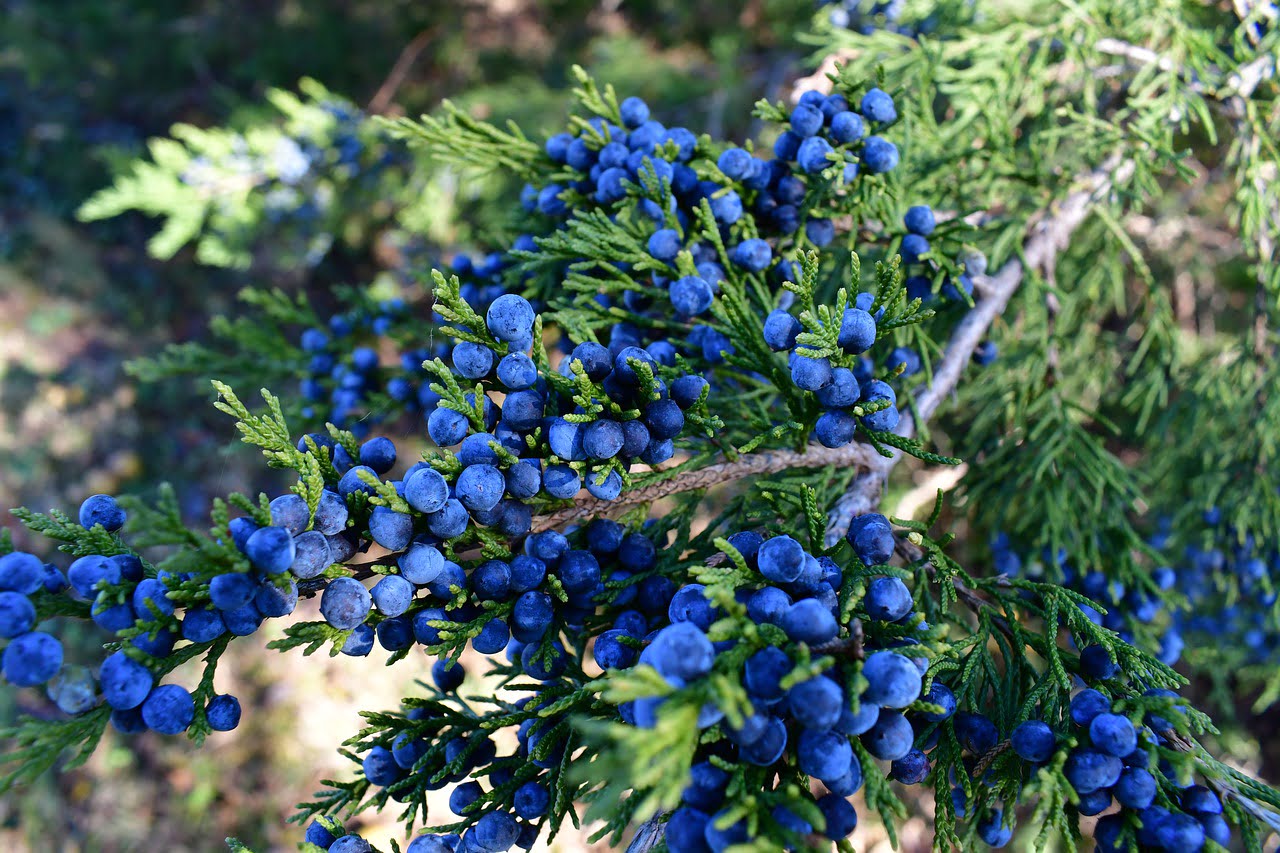
Red Cedar and Planting: A Comprehensive Guide
Introduction
Red cedar (scientifically known as Juniperus virginiana) is a magnificent tree with a rich history and numerous uses. In this article, we will explore the fascinating world of red cedars and delve into the art of planting and nurturing these majestic trees. From understanding the benefits and characteristics of red cedar to mastering the step-by-step planting process, we have got you covered. So, let’s dive into the realm of red cedars and discover how you can cultivate these iconic trees in your surroundings.
Table of Contents
- What Makes Red Cedar Special?
- Origins and Native Range
- Distinctive Features and Appearance
- The Perks of Planting Red Cedar
- Environmental Benefits
- Landscaping and Aesthetic Appeal
- Choosing the Right Location
- Sunlight Requirements
- Soil Conditions
- Preparing for Planting
- Necessary Tools and Equipment
- Soil Preparation
- Acquiring Red Cedar Saplings
- Nurseries and Reliable Sources
- Evaluating Sapling Health
- Planting Red Cedar Step-by-Step
- Digging the Hole
- Proper Planting Techniques
- Watering and Nurturing
- Initial Watering
- Ongoing Care
- Dealing with Common Issues
- Pests and Diseases
- Troubleshooting Tips
- Pruning and Shaping
- Trimming for Healthy Growth
- Creating Desired Forms
- Harvesting and Utilizing Red Cedar
- Timber and Wood Products
- Essential Oils and Medicinal Uses
- Red Cedar in Landscaping
- Companion Planting
- Wildlife Attraction
- Cultural Significance
- Native American Traditions
- Symbolism in Various Cultures
- Sustainability and Conservation
- Protecting Red Cedar Forests
- Sustainable Practices
- FAQs
- What is the best time to plant red cedar saplings?
- Can red cedars thrive in urban environments?
- How long does it take for red cedars to reach maturity?
- Are red cedars drought-tolerant?
- What are the unique uses of red cedar wood?
What Makes Red Cedar Special?
Red cedar, also known as Eastern red cedar or Virginia juniper, holds a special place in the botanical world. This evergreen tree is native to North America, particularly the eastern United States, and is cherished for its striking appearance and versatile applications. The red cedar stands tall, reaching heights of up to 50 feet, with a distinguished reddish-brown bark and dense foliage of needle-like leaves.
The Perks of Planting Red Cedar
Planting red cedar offers a plethora of advantages, both for the environment and your surroundings. These trees play a vital role in ecosystem balance and contribute to cleaner air and water. Additionally, they lend a touch of natural elegance to any landscape, making them a prized choice for landscaping projects.
Choosing the Right Location
Before planting a red cedar sapling, carefully consider the location. Red cedars thrive in full sunlight, so ensure the chosen spot receives ample daylight throughout the day. Moreover, the soil should be well-drained and not overly acidic.
Preparing for Planting
To ensure successful growth, gather the necessary tools and equipment. Proper soil preparation is key to giving your red cedar sapling a healthy start in its new home.
Acquiring Red Cedar Saplings
When acquiring red cedar saplings, opt for reputable nurseries or trusted sources to obtain healthy and disease-free specimens. Inspect the saplings thoroughly for any signs of damage or stress.
Planting Red Cedar Step-by-Step
Planting a red cedar sapling is a straightforward process. Dig a suitable hole and employ the correct planting techniques to provide the sapling with the best chances of thriving.
Watering and Nurturing
After planting, ensure the sapling receives sufficient water. Nurturing your young red cedar is essential for its proper growth and development.
Dealing with Common Issues
Red cedars, like any other tree, can face challenges related to pests and diseases. Understanding common issues and having troubleshooting tips at hand will aid in maintaining the tree’s health.
Pruning and Shaping
Regular pruning is essential to maintain the red cedar’s health and shape. Master the art of trimming and shaping to achieve your desired results.
Harvesting and Utilizing Red Cedar
As red cedars reach maturity, they offer valuable resources. The timber can be used for various wood products, while the essential oils find applications in medicinal practices.
Red Cedar in Landscaping
Incorporating red cedars into your landscaping can elevate its appeal and attract wildlife, creating a harmonious ecosystem.
Cultural Significance
Red cedar holds cultural significance in various indigenous traditions, including Native American practices. Moreover, it carries symbolic meaning in diverse cultures worldwide.
Sustainability and Conservation
As red cedar forests face challenges, it is crucial to adopt sustainable practices and take measures to conserve these valuable trees for future generations.
Conclusion
Red cedar trees bring beauty, significance, and environmental benefits to the landscape. By following the step-by-step planting guide and nurturing the tree with care, you can contribute to the preservation of this exceptional species. So, plant a red cedar and witness the magic of nature unfold in your surroundings.
FAQs
- What is the best time to plant red cedar saplings?
The ideal time to plant red cedar saplings is in early spring or late fall, when the soil is moist and temperatures are mild. - Can red cedars thrive in urban environments?
Yes, red cedars can adapt to urban settings, provided they receive enough sunlight and proper care. - How long does it take for red cedars to reach maturity?
Red cedars typically take around 10 to 20 years to reach maturity, depending on environmental conditions. - Are red cedars drought-tolerant?
Red cedars are relatively drought-tolerant once established but still benefit from regular watering during dry spells. - What are the unique uses of red cedar wood?
Red cedar wood is prized for its natural beauty and durability, making it a favored material for furniture, decking, and siding.